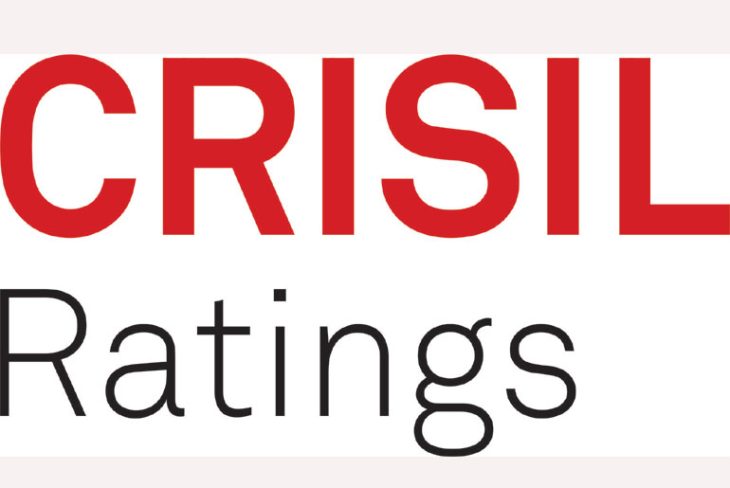
CRISIL Ratings: Home textiles to weave 6-8% growth after rebound last fiscal
Following a 9-10% rebound in revenue growth last fiscal, India’s home textile industry is set to stitch 6-8% growth this fiscal (see chart in annexure) riding on resilient demand from the US (the key export destination) and expansion in the domestic market — and notwithstanding some lingering logistical challenges.
The credit profiles of home textile companies will remain stable, supported by healthy cash accrual and moderate capital expenditure (capex) plans on the back of deleveraged balance sheets.
A CRISIL Ratings analysis of 40 companies, accounting for 40-45% of the industry revenue, indicates as much.
The home textile industry derives 70-75% of its revenue from exports — the US alone accounts for 60% — and the remaining 25-30% from the domestic market.
Says Mohit Makhija, Senior Director, CRISIL Ratings, “Three factors will drive growth of the home textiles industry this fiscal. One, resilient consumer spending and normalised inventory levels at major retailers in the US will spur exports, though container availability bears watching. Two, the industry’s continued focus on expanding domestic presence will aid growth. Third, the domestic prices of cotton, the key raw material, are likely to remain close to international levels, resultantly retaining the competitiveness of domestic companies. Therefore, for the home textiles exported by India, the country’s share in US imports will remain steady this fiscal — in January-August 2024, it was ~30%, same as in calendar year 2023.”
International cotton prices had plummeted below the domestic prices between June and September 2024, driven by a surge in cotton supply from Brazil and the US. However, with commencement of India’s cotton season, the gap between domestic and international cotton prices is expected to narrow, protecting India’s export competitiveness.
With domestic raw material prices remaining close to international prices, the operating margin is likely to remain stable at 14-15% this fiscal, in line with last fiscal. The margin will remain insulated from the recent volatility in freight cost as most exports are on a free-on-board basis.
On the capex front, the home textile companies had invested ~Rs 8,500 crore to add capacity over fiscals 2019 to 2024. With revenues scaling up gradually, the industry’s capacity utilisation is expected to remain at 60-70% this fiscal.
While most companies are now looking to optimise utilisation this fiscal, a few large ones are planning capex, but on deleveraged balance sheets.
Says Pranav Shandil, Associate Director, CRISIL Ratings, “With steady operating performance and moderate capex in fiscal 2025, the interest coverage1 for home textile companies should remain stable at 5-6 times (~5.5 times last fiscal). Healthy cash accrual is likely to reduce dependence on external debt for working capital, which will keep the total outside liabilities to tangible net worth ratio low at 0.6-0.7 time this fiscal (0.7 time last fiscal).”
1 Interest cover = Earnings before interest, tax, depreciation and amortisation (Ebitda) / finance cost
